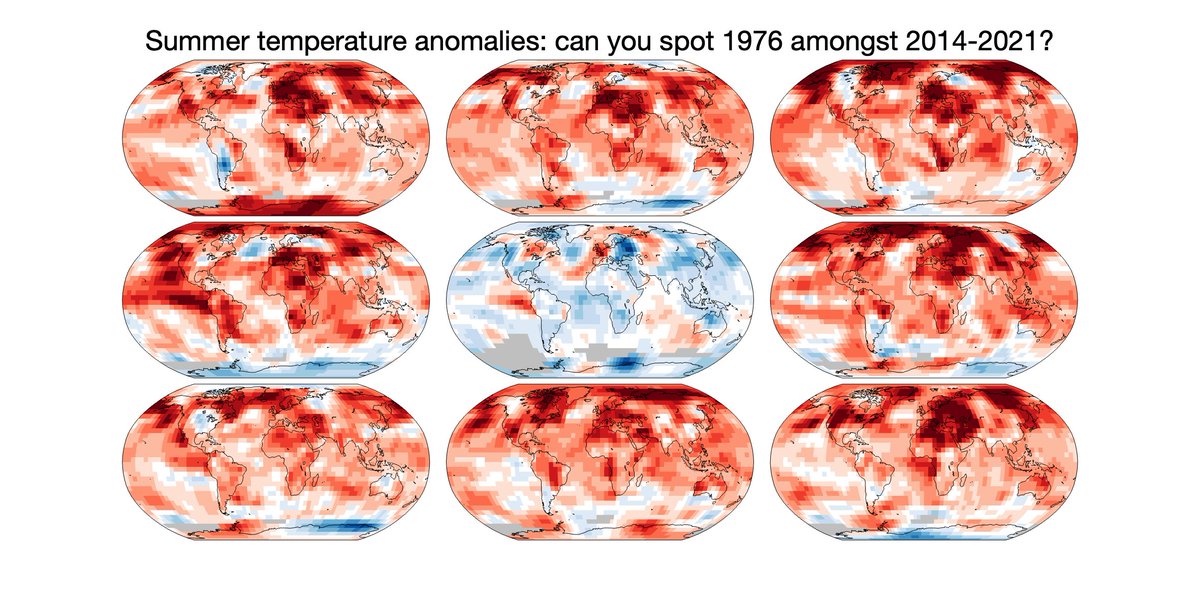
The Warming Stripes are a popular visual way of highlighting the observed rise in global temperatures since 1850. #ShowYourStripes
But, the concept can also be used in different ways for different purposes... a thread🧵
But, the concept can also be used in different ways for different purposes... a thread🧵
https://twitter.com/ed_hawkins/status/1613567967781855232
For those who want a longer timescale...
(This version uses the @PAGES_IPO proxy-based global temperature data for years 1-2000 and the observations for 2001-2022.)
(This version uses the @PAGES_IPO proxy-based global temperature data for years 1-2000 and the observations for 2001-2022.)

For those who want to look at the recent rapid rise of global temperatures in the context of the last 2000 years... 

For those who want to highlight why global temperatures have increased so rapidly since the start of the industrial revolution...
(Of course, we also understand the physics of why increasing carbon dioxide levels in the atmosphere would cause global temperatures to rise.)
(Of course, we also understand the physics of why increasing carbon dioxide levels in the atmosphere would cause global temperatures to rise.)

• • •
Missing some Tweet in this thread? You can try to
force a refresh














